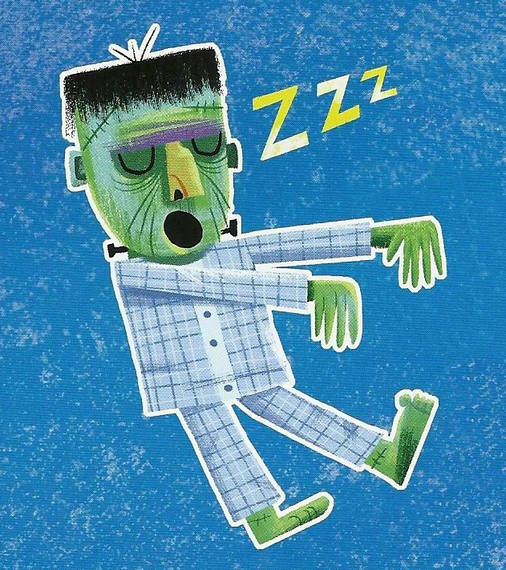Space tourism is long past the Jules Verne treatment or even the drawing board stage. Virgin Galactic is selling rides for $250,000 a pop although they have yet to publish a flight schedule. So, if you're curious about what it might be like to actually be a space tourist, you might want to read How Do You Burp in Space? And Other Tips Every Space Tourist Needs to Know. Susan E. Goodman's witty take on the prospect of space travel is aimed at children (who will be grown by the time Virgin Galactic is looking for customers but some of their billionaire ticket-buyers might want to read this as well). Illustrated with photographs and drawings by Michael Slack, who cleverly puts the reader in the picture, Goodman reports a great deal about space travel that most people don't know they don't know.
Goodman doesn't mince words when it comes to describing the intimate details of travel that is out of this world.
"Crying in space is so weird....tears well up and cling to your eyes, creating a bigger and bigger ball until you move them away."
"No matter what position you're in when you fall asleep, you turn into a snoozing Frankenstein. Once you relax, your arms drift out in front of you."
A space toilet comes with a learning curve although she reassures you that "potty training was harder." That's because all earth toilets use gravity and space toilets depend on "a gentle vacuum." And she explicitly warns that space tourists should not expect fine culinary experiences.
"Most space food is purposefully sticky so it stays on your spoon until it reaches your mouth."
As far as the title is concerned: "How do you burp in space? The Answer? It isn't easy or pretty." So I'm not about to be a spoiler and spill the beans (that's a hint). You've gotta read it for yourself! I can only say that the most imaginative science fiction author in the universe couldn't come up with some of the stuff in this book. That's the beauty of nonfiction; you can't make anything up.
But, don't let these delectable details fool you. How Do You Burp In Space? is a science book that meets STEM requirements with an equal-opportunity inclusion of photos of female astronauts. The sub-text is clear; space exploration is not just for men. The best contemporary nonfiction for children addresses the reader as the actor. This book is not about adventures others may have in space, which the reader can only experience vicariously. How Do You Burp In Space? manifests the possibility that the reader is the participant--a heady and empowering concept for a child.
If the purpose of STEM is to create more scientists and engineers and if most professional scientists have discovered science by fifth grade, How Do You Burp in Space? is one book that can advance this mission.


